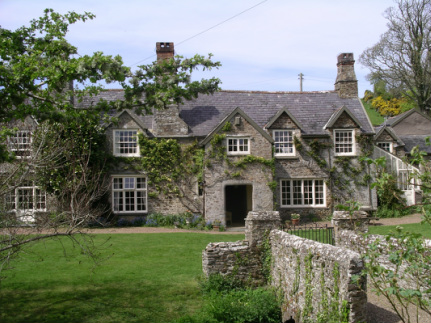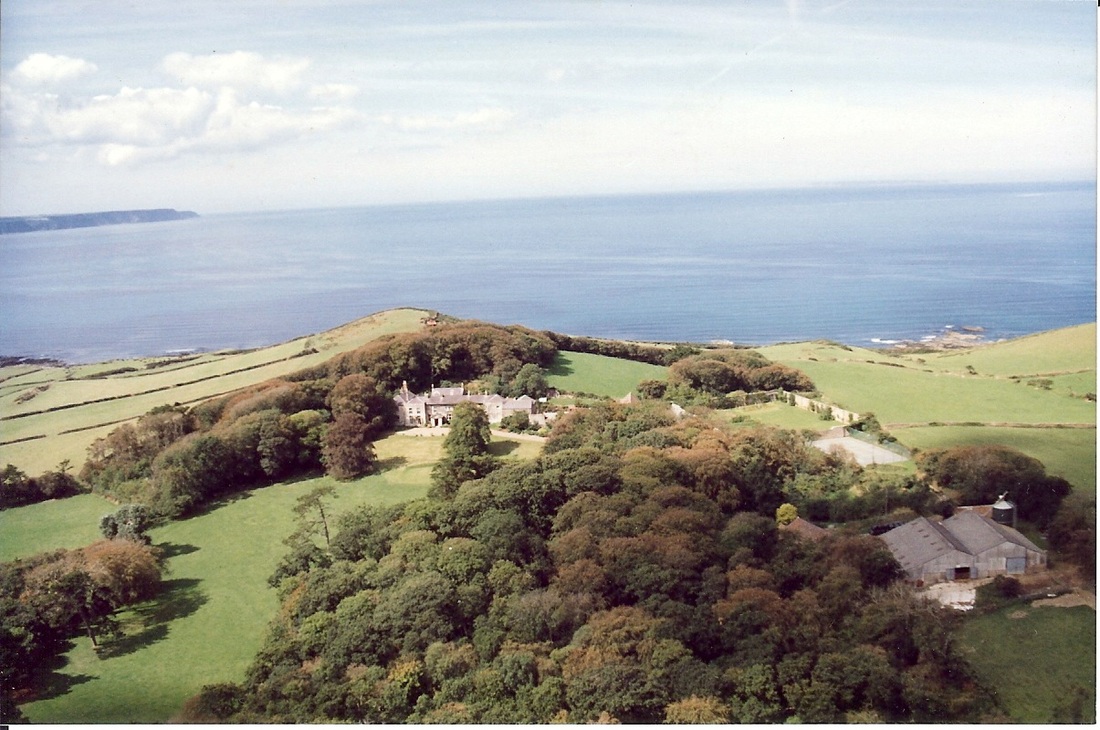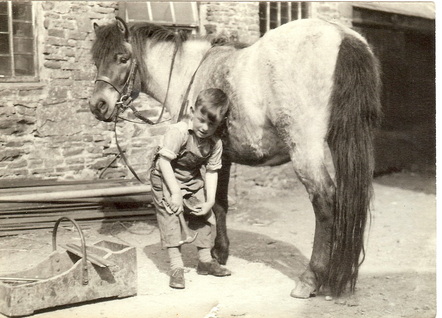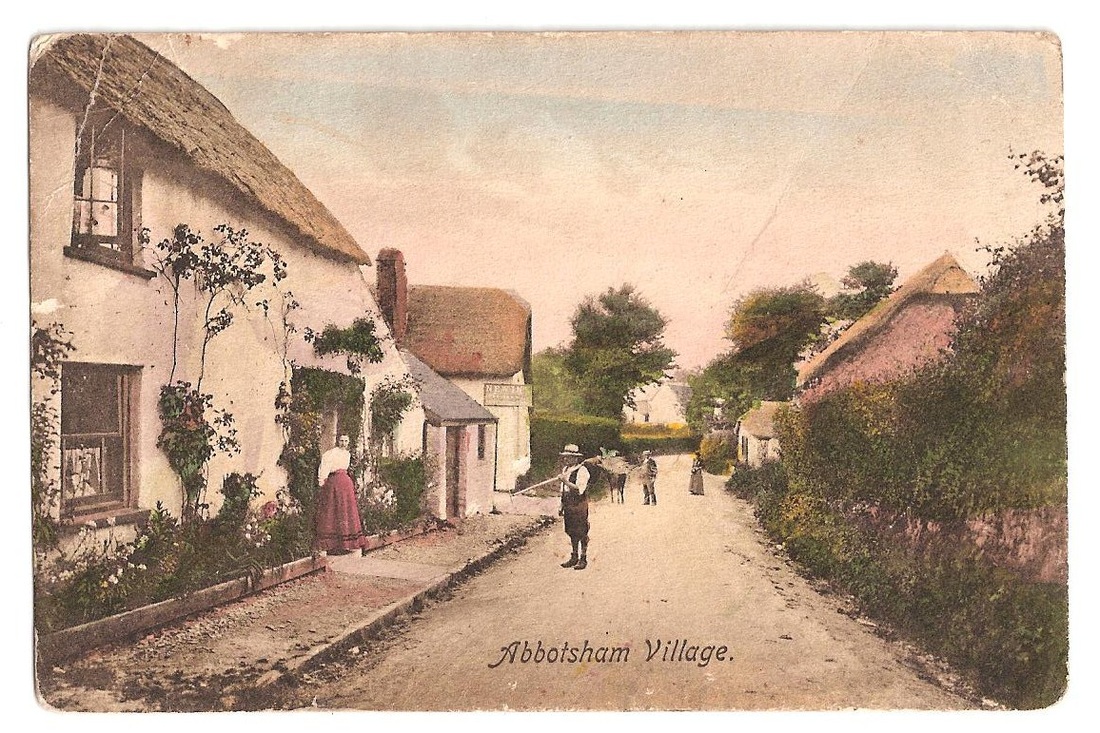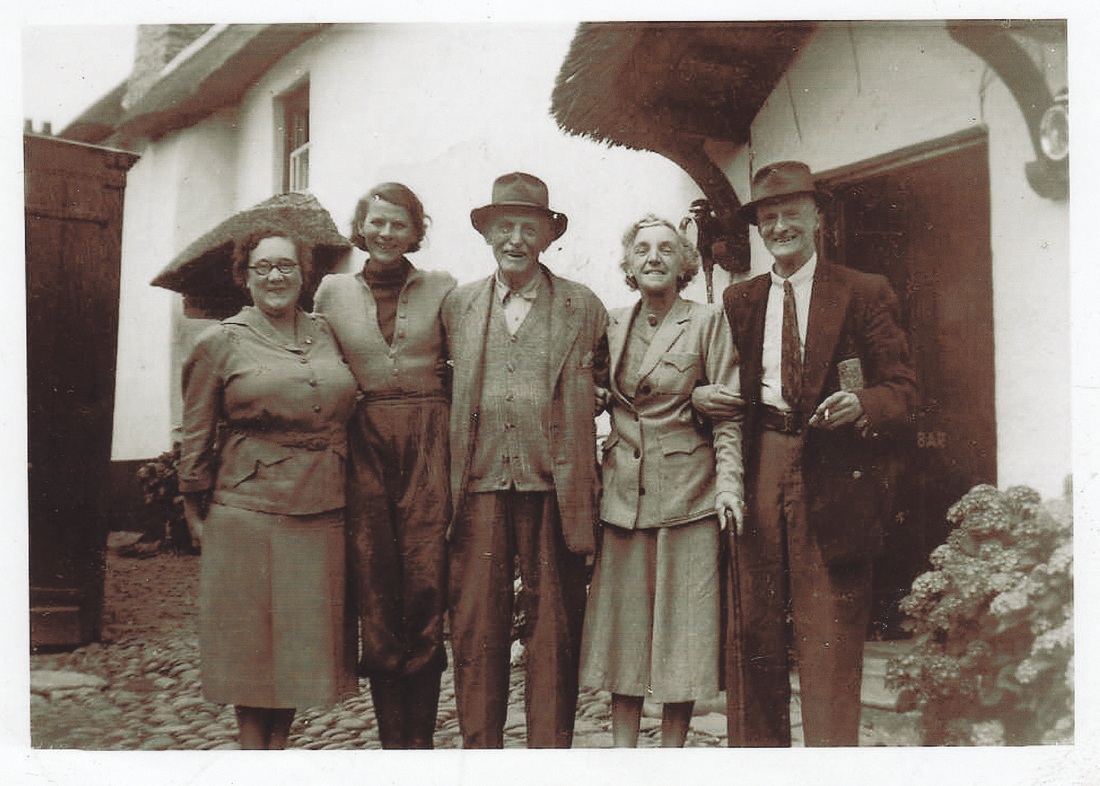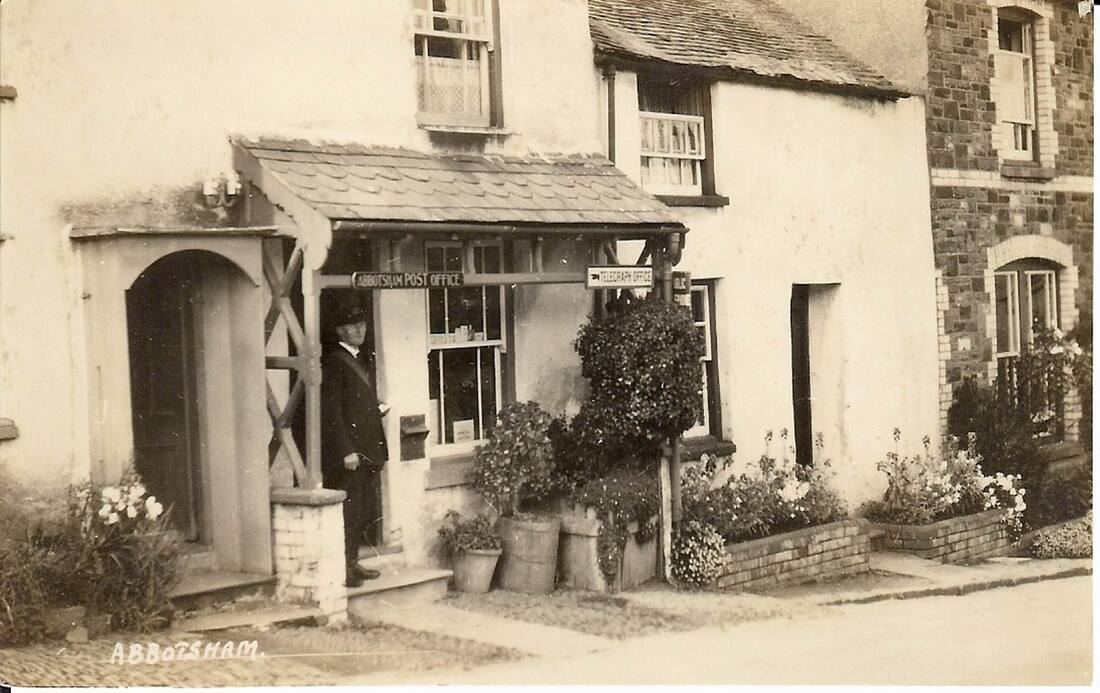|
People & Property Archives
These are the contents of the archives for people and places
Abbotsham Court holiday let leaflet Abbotsham Court and racecourse folder Abbotsham: Millennium record 2004/5 record 1840 tithe apportionments (2 folders) 1850 residents list 1870 Morris & Co. directory entry and residents list 1890 White directory entry and residents list 1906 residents list 1841 -1911 census returns some transcribed 1935 Towns & Villages directory entry and residents list Kelly’s Devon Directory 1902 1632 Manorial Roll 1662 Manorial Roll Alfred Glover rent book& work book 1910-1920 Farming with the Winter Family photograph collection (8 pages) Frederick Davies memories 1918-1935 George Heath biography Gwen Frayne’s photograph collection (27 pages) Hockin family photographs (7 pages) Irene Ellis’s photograph etc. collection (14 pages) John Strick material Maps Moase family photographs (6 pages) Memories of Abbotsham from Francis Frith website Photographs of Abbotsham’s buildings & places (20 pages) Register of electors: 1980 1987 1999 Rev. & Mrs Ducane information Richardson collection photographs – people (45 pages) Richardson collection photographs – places & buildings (16 pages) Turners of Abbotsham Barton family history extract There may be some duplication of actual images in the above list. As time goes on and the list is refined a more detailed index will emerge
1842 Tithe RollThe tithe maps and apportionments are an important source of information about the history and topography of a parish. They provide details of land ownership and occupation, and the type of cultivation of the land, and are often the earliest complete maps of parishes. They were produced in order to assess the tithe payable in cash to the parish church for the support of the church and its clergy. This tithe had been paid in kind until The Commutation Act was passed in 1836, when it was agreed that this should be converted to a monetary payment.
Thus in 1842 a complete record was drawn up showing every building and plot of land in the Parish of Abbotsham together with details of the land owner, the tenant, the name of each field and the use of each plot of land. Every plot and building was given a number. The map with all the numbers is available on the Devon county website http://www.devon.gov.uk/tithemaps. We have a copy in the archive but the county record is in better condition and easier to read. The three separate spreadsheets are sorted by plot number, by land owner and by tenant. Thus, if you had a relative owning property or living in the village you should be able to identify the property which they owned or inhabited.
Photographs of Abbotsham's Buildings & PlacesThis archive file contains 20 pages of photographs, some 45 images in total. Here are 4 from this file:
| |||||||||||||||||||||||||||||||||
The Smithy
There was a village smithy located at the west end of Pump Lane. The buildings are still there, but now converted to residential accomodation. At either side there was land where animals were put while awaiting new shoes, but this is now built on. For many years the Stapletons were the smiths here, and the following images from the Richardson and Irene Ellis collections relate to that time.
|
It is recorded that Ernest had to construct stocks to support the oxen whilst he shod them.
|
The Village Pub
Abbotsham has had at least two public houses in the village, The Heart of Oak and the New Inn (now the Thatched Inn).
The name of the New Inn implies that there had already been a public house in the village, and this was probably the Heart of Oak, although the earliest records discovered for both are from 1841.
The name of the New Inn implies that there had already been a public house in the village, and this was probably the Heart of Oak, although the earliest records discovered for both are from 1841.
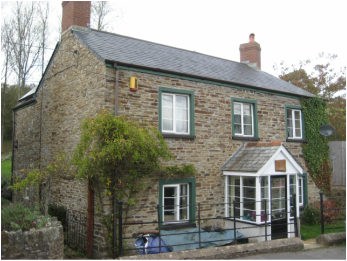
Heart of Oak
The earliest reference to this public house is in 1841 when William Perkin is shown as a publican in the census return for that year, although the pub is not named as such. It may well have been in use as a public house before 1841 as the New Inn also appears in the 1841 census.
In the 1850 Post Office directory John Steer is listed as a victualler at the Heart of Oak, but at the 1851 census Barnabas Barton is shown here as both a publican and a labourer. He was born in Lincolnshire, but his wife was from Parkham, with 2 sons and three daughters all born in Abbotsham. He was still here in 1857 as he appears in Billings directory for that year, although he later became a farmer at Kenwith according to Kellys directories of 1873 & 1893.
By 1861 the census records William Clements at Heart of Oak as a carpenter, together with his wife and 3 sons. Presumably he was also the publican, as it was still in use as a pub in Kellys 1866 directory but under Thomas Pridham who went on to run the New Inn.
It was still a pub in 1870 when Morris’s directory has William Littlejohn from Hartland as a victualler here. William also appears here in the 1871 census, but only as an agricultural labourer, along with his wife, daughter and a domestic servant named Selina Bale. The 1881 census still shows William as living here with his wife and now 2 sons and 2 daughters. Selina Bale has gone, replaced by his sister Margeret as a general servant.
As William Littlejohn is only mentioned as a labourer in the 1871 and 1881 census the pub probably went out of use sometime between 1878 when it was listed in Harrods directory and 1891 as it does not have a mention in returns after 1881.
The building still exists, however, and is now a farm worker's cottage as shown in the photograph above.
The earliest reference to this public house is in 1841 when William Perkin is shown as a publican in the census return for that year, although the pub is not named as such. It may well have been in use as a public house before 1841 as the New Inn also appears in the 1841 census.
In the 1850 Post Office directory John Steer is listed as a victualler at the Heart of Oak, but at the 1851 census Barnabas Barton is shown here as both a publican and a labourer. He was born in Lincolnshire, but his wife was from Parkham, with 2 sons and three daughters all born in Abbotsham. He was still here in 1857 as he appears in Billings directory for that year, although he later became a farmer at Kenwith according to Kellys directories of 1873 & 1893.
By 1861 the census records William Clements at Heart of Oak as a carpenter, together with his wife and 3 sons. Presumably he was also the publican, as it was still in use as a pub in Kellys 1866 directory but under Thomas Pridham who went on to run the New Inn.
It was still a pub in 1870 when Morris’s directory has William Littlejohn from Hartland as a victualler here. William also appears here in the 1871 census, but only as an agricultural labourer, along with his wife, daughter and a domestic servant named Selina Bale. The 1881 census still shows William as living here with his wife and now 2 sons and 2 daughters. Selina Bale has gone, replaced by his sister Margeret as a general servant.
As William Littlejohn is only mentioned as a labourer in the 1871 and 1881 census the pub probably went out of use sometime between 1878 when it was listed in Harrods directory and 1891 as it does not have a mention in returns after 1881.
The building still exists, however, and is now a farm worker's cottage as shown in the photograph above.
|
The New Inn
The adjacent postcard view dates from 1906 and is one of the earliest images we have of the inn, which is the building on the left with the chimney. However, the establishment was in use in 1841 as it appears in the census of that year, along with the Heart of Oak. In 1841 it was being run by Thomas Holman aged 25, his wife being 20 and with a daughter of 6 months. As with the Heart of Oak, the pub is not named in the census at this date. He was still there in 1851, although he was now an ‘innkeeper’ rather than ‘publican’ and now had 3 daughters and a son. |
He had given up the license by 1856 as John Keys is then listed in the Post Office directory as licensee, but probably still lived in Abbotsham as Thomas died in 1899 and he and his wife Ann share a grave in St Helen’s churchyard.
The 1857 Billings directory lists the Inn as being in the charge of Samuel Bale, and the 1861 census has him as both innkeeper and labourer. He was from Alwington and his wife Mary was from Woolsery. They had a son and 2 daughters, living here with a house servant Grace Jewell, also from Woolsery. Samuel had surrendered the license by 1871, but like the Holmans likely lived elsewhere in the parish as they are also buried in the churchyard, Samuel dying in 1888 and Mary in 1906 'a very old and much respected inhabitant of the parish' as the Bideford Gazette reported at the time.
Thomas Pridham appears here in Morris' directory for 1870 so it seems he moved here from Heart of Oak. He figures in both the 1871 and 1881 census returns as innkeeper (1871) and licensed victualler (1881). He was here with his wife and daughter of 22 years in 1871, but by 1881 it was just him and his wife Susanna. It is probable that they came from Parkham before taking on the Inn as his daughter, also named Susanah, was born there in around 1849. Thomas died in 1885 at the age of 72 and his wife in 1900 at 83. They share a grave in St Helen’s churchyard.
The Post Office directory of 1889 has Emily Pridham here, but by the 1891 census it was in the hands of yet another Pridham, this one being a Susannah but not the daughter given in the 1871 census as this one was listed as licensed victualler aged 73. She lived here with her granddaughter, Louisa Pickard, a dressmaker. Curiously, the 1893 Post Office directory reverts to Mrs Emily Pridham at the Inn.
The 1857 Billings directory lists the Inn as being in the charge of Samuel Bale, and the 1861 census has him as both innkeeper and labourer. He was from Alwington and his wife Mary was from Woolsery. They had a son and 2 daughters, living here with a house servant Grace Jewell, also from Woolsery. Samuel had surrendered the license by 1871, but like the Holmans likely lived elsewhere in the parish as they are also buried in the churchyard, Samuel dying in 1888 and Mary in 1906 'a very old and much respected inhabitant of the parish' as the Bideford Gazette reported at the time.
Thomas Pridham appears here in Morris' directory for 1870 so it seems he moved here from Heart of Oak. He figures in both the 1871 and 1881 census returns as innkeeper (1871) and licensed victualler (1881). He was here with his wife and daughter of 22 years in 1871, but by 1881 it was just him and his wife Susanna. It is probable that they came from Parkham before taking on the Inn as his daughter, also named Susanah, was born there in around 1849. Thomas died in 1885 at the age of 72 and his wife in 1900 at 83. They share a grave in St Helen’s churchyard.
The Post Office directory of 1889 has Emily Pridham here, but by the 1891 census it was in the hands of yet another Pridham, this one being a Susannah but not the daughter given in the 1871 census as this one was listed as licensed victualler aged 73. She lived here with her granddaughter, Louisa Pickard, a dressmaker. Curiously, the 1893 Post Office directory reverts to Mrs Emily Pridham at the Inn.
|
The new century brings a new
name into the picture with William Henry Backway, stonemason and landlord in
the 1901 census, with his wife Bessie as landlady. They had their niece, Ethel
Kavell living with them as a ‘domestic’. William was here at least until 1902
when he is listed in Kelly's.
From here we have to rely solely on the directories, and in 1906 William Hedgeland is shown in Whites as the landlord at the Inn, as he is in the 1910 Post Office directory. Emily Glover appears in the directory from 1914 to 1923, but from 1926 until 1939 it is listed under Henry Tucker who also acts as a carrier. 1939 is also the year in which a telephone number for the Inn is recorded (Bideford 367). A notable date for the Inn was the first week of February 1951 when Mrs Sybil Tucker was granted a seven day license for the first time. She had been licensee for the previous 4 years after holding it with her husband since 1926. The celebratory photograph on the right records this event, although it had not been without opposition, the Parish Council having written a letter to the Bideford Magistrates stating that there was no call for Sunday opening in the village and protesting strongly against it.
Mrs Tucker is second from the right. Some time during the Tucker’s tenure it seems that the name changed from the New Inn to the Thatched House, although not until after 1954 as the Bideford Gazette of 30th April 1954 ran a piece about a dinner for the local darts team at the New Inn in the week before laid on by the licensee, Mrs S Sybil Tucker. It may still have been in Tucker hands in the 1970’s as Millie Tucker’s death is recorded here in the Bideford Gazette of 7th April 1977. After Millie Tucker, the pub was run by Bob Marsh and his wife June for around 13 years until about 1990.They refurbished parts of the bar area, including blocking up a fireplace on the south side and rebuilding it on the north. It was reputably haunted at this time by a taxi driver who died when he drove over a nearby cliff! The Inn has been supplied by a number of different brewers over the years, those known are Petters around 1900, then Arnold and Hancock, brewers of Milverton who purchased the pub in 1907, followed by Ushers and then Watneys. |
The Thatched Inn (previously the New Inn) 2016
|
|
The Village Post Office in 1937 with Postman Dick Davies in the doorway.
|
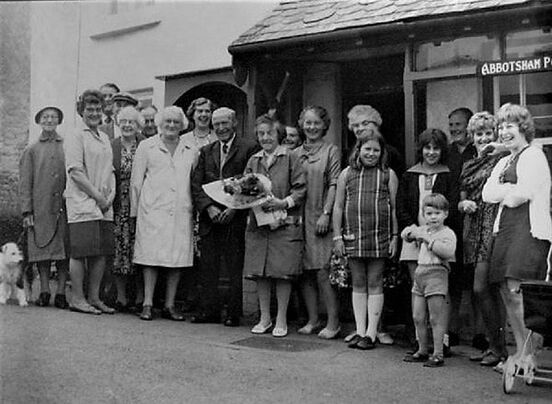
Mrs Ida Jane Dark took became the owner of the premises in 1941 and retired as sub-Postmistress in 1970 aged 70, although it is not currently known if she followed on directly from Edith Glover in that role.
Abbotsham at one time had two Postmen as well as the Postmaster/Postmistress. One of the Abbotsham men who was killed in the first world war, Joseph Bale, was one of the village postmen and he is commemorated in the Bideford Postal District Roll of Honour which can be seen inside the entrance to Bideford Post Office on the Quay. Will James was a postman after WW1 where he lost his right arm at Ypres in March 1916.
Another village Postman was Samuel ‘Dick’ Davies who took that role for 37 years, following which he received the Imperial Service Medal. He died in 1965 aged 73. Mrs. Dark retires in 1970 Jack Hearn was another, who began his Post Office service as a part-timer in Abbotsham in 1933 until called up for war service in 1942.
At one time, the shop and Post Office were separate establishments next door to one another, but eventually merged into one.
|
Looking up the hill in the 1950's. At this time the village shop was a separate establishment

